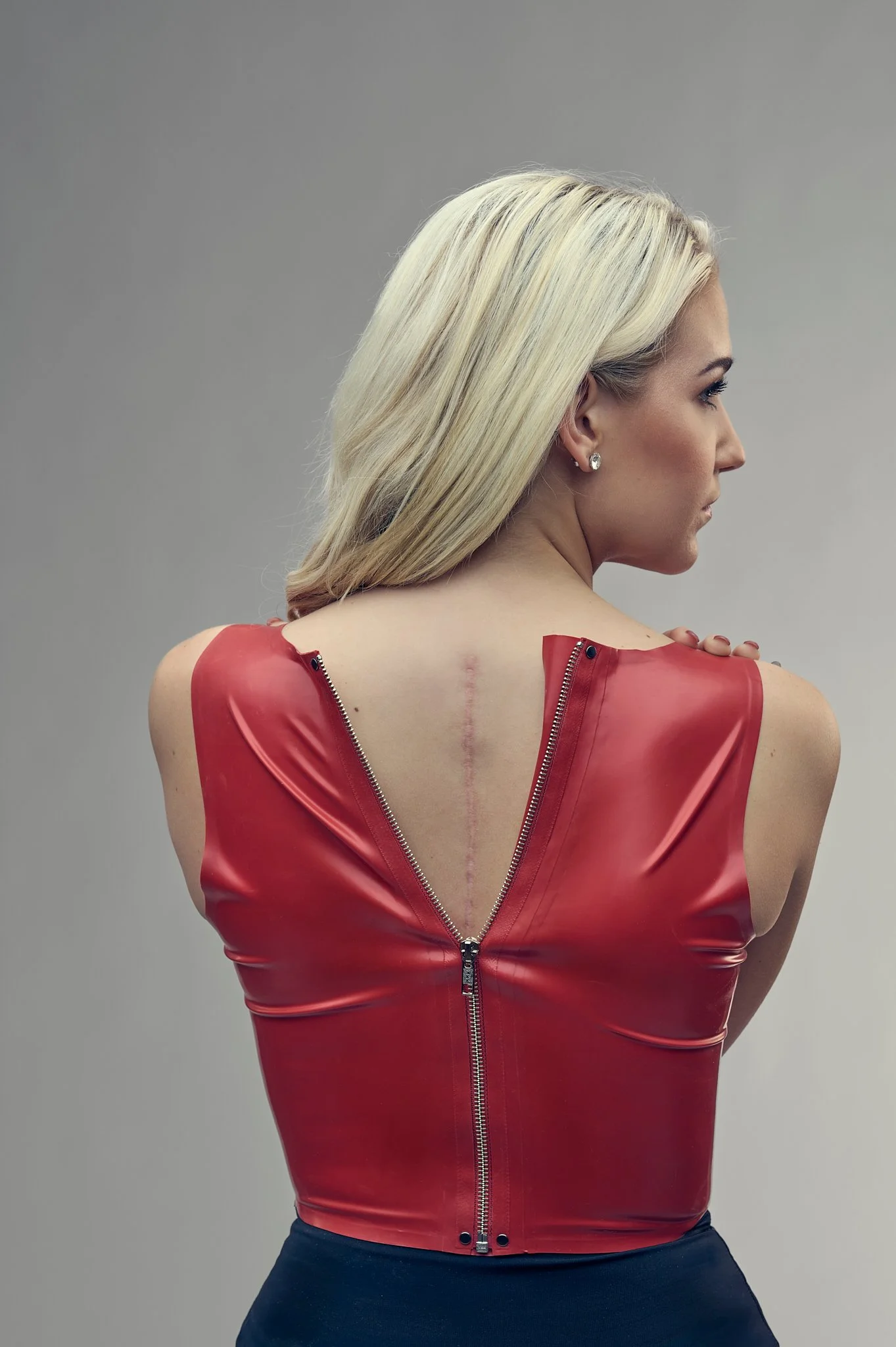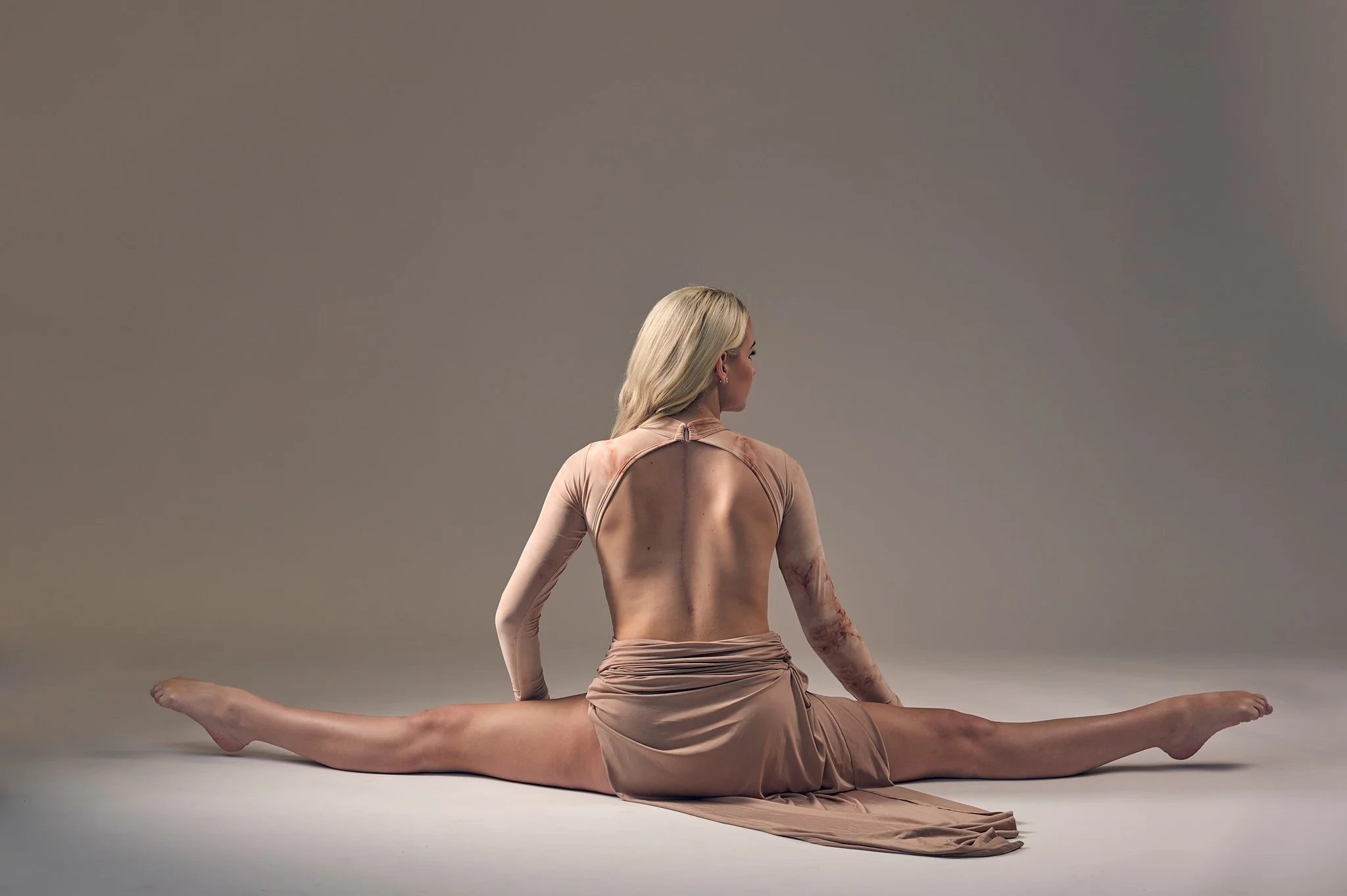ABOUT US
Beyond the Curve is an organization that seeks to educate, advocate and fundraise for those who are diagnosed with scoliosis.
Over four million children between the ages of 10-15 currently have scoliosis in the United States, with approximately 100,000 children being diagnosed yearly.
Our organization has raised over sixty thousand dollars for the National Scoliosis Foundation, and we continue to work with them and with the National Children’s Scoliosis Foundation to provide travel grants for treatment visits to families in need.
Our goal is simple: to ensure those suffering the pain of scoliosis have access to treatment, and to educate parents, educators, coaches and children to recognize the signs of scoliosis for early diagnosis.
MY STORY
My name is Helen, and I was diagnosed with a severe case of scoliosis at the age of eight. Even with intervention and being near doctors who are experts in the treatment of scoliosis, I developed a 75% curve to my spine.
In April 2024, I underwent a 5-hour spinal reconstructive surgery to correct my curve. This surgery could have left me further disabled or paralyzed. It was a risk but one I knew I had to take. I am a dancer. That sentence doesn't fully explain my love of dance or what it has done for my life. I have been dancing for 15 years. Dance isn't just a hobby; it is my passion and my therapy. When told it could take 1 to 2 years for me to dance again after surgery, I knew I would fight to defy that statistic, and I did.
Within 3 months I was in the studio. I might not have been back to my normal level. but I was there and doing what I loved. I learned how strong I truly am and how much passion and support can change your life. I am one of the lucky ones and I know that Understanding the difficulties of facing Scoliosis, I wanted to do something for others going through the same struggles, and Beyond the Curve was born.
Scoliosis Q&A
THE BASICS
Q: What is Scoliosis?
A: Scoliosis is a sideways curvature of the spine most often diagnosed in adolescents. Most cases of scoliosis are mild, but some curves worsen as children grow. Severe scoliosis can be disabling. An especially serious spinal curve can reduce the amount of space within the chest, making it difficult for the lungs to function properly.
Q: What are the symptoms?
A: Symptoms of scoliosis may include:
Uneven shoulders, One shoulder blade that appears more prominent than the other, Uneven waist, One hip higher than the other, One side of the rib cage jutting forward, A prominence on one side of the back when bending forward.
Q: What causes Scoliosis?
A: Health care providers don't know what causes the most common type of scoliosis. It appears to involve hereditary factors, because the disorder sometimes runs in families. Less common types of scoliosis may be caused by certain neuromuscular conditions, birth defects involving the spine, previous surgery, injuries or infections to the spine, or spinal cord irregularities.
DIAGNOSIS
Q: How is Scoliosis diagnosed?
A: Your health care team will take a detailed medical history and ask questions about recent growth. During the physical portion of the exam, the physician will ask you to stand and bend from the waist with arms hanging loosely, and may conduct other tests if a curvature or rib cage prominence is noticed.
Q: When should I get my child tested for Scoliosis?
A: Seek the expertise of your health care provider if you notice signs of scoliosis in your child or adolescent. Mild curves can develop without you or your child knowing it because increasing severity typically appears gradually and usually does not cause pain.
Q: What do Scoliosis test results mean?
A: Test results will ensure that you and your health care provider monitor any curvature or other symptoms regularly. For a confirmed diagnosis of scoliosis, your health care provider will likely recommend a specialist, who will develop and discuss a treatment plan with you.
TREATMENT
Q: Is there a cure for Scoliosis?
A: There is no known cure for scoliosis. However, it can be managed through treatment plans set forth by your physician. Though most cases are mild, it is important to seek the opinion of a medical professional as soon as symptoms appear.
Q: What treatments are available for Scoliosis?
A: Treatments vary, depending on the severity of the curve in the spine. Treatment for mild cases in a person whose bones have not yet matured fully may include physical therapy and/or wearing a brace. For more severe cases. surgery may be required and can include different surgical procedures based on the individual case.
Q: How do I find a physician that specializes in Scoliosis treatment?
A: While your child's Pediatrician may provide the initial diagnosis, he/she may refer you to a health care provider who specializes in orthopedics, neurology or spinal care, as well as a physical therapist.
UPCOMING EVENT
UPCOMING EVENT
National Scoliosis Foundation Fundraiser
January 11, 2026
Birmingham, Alabama




